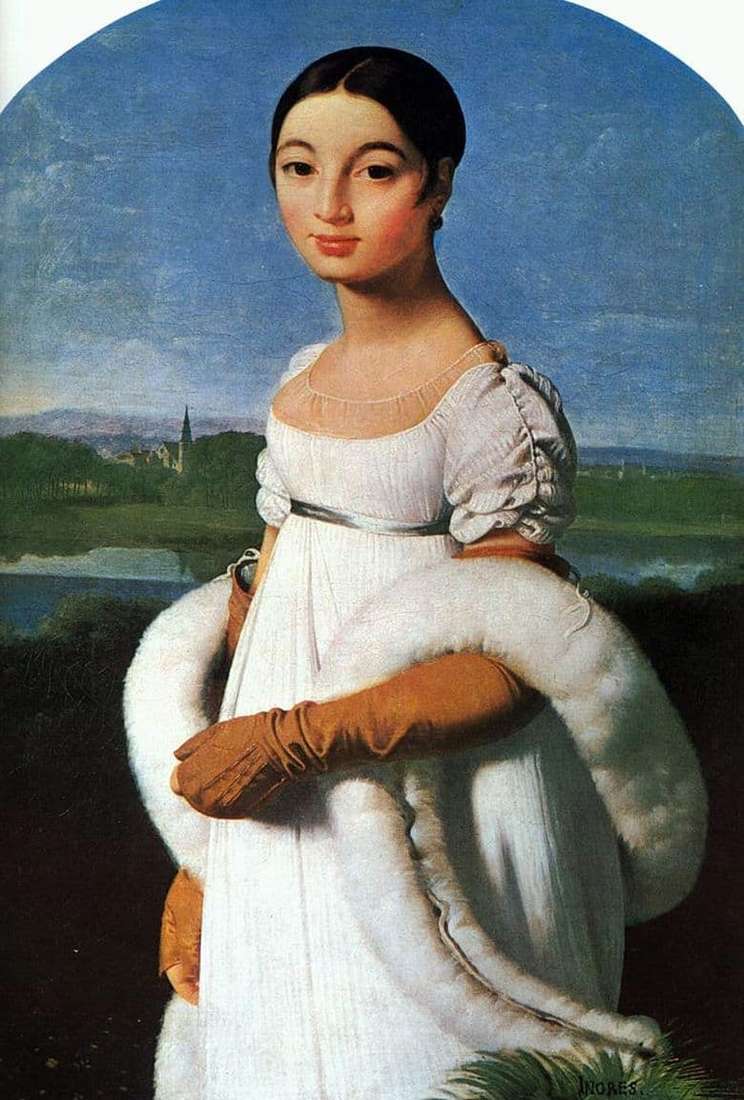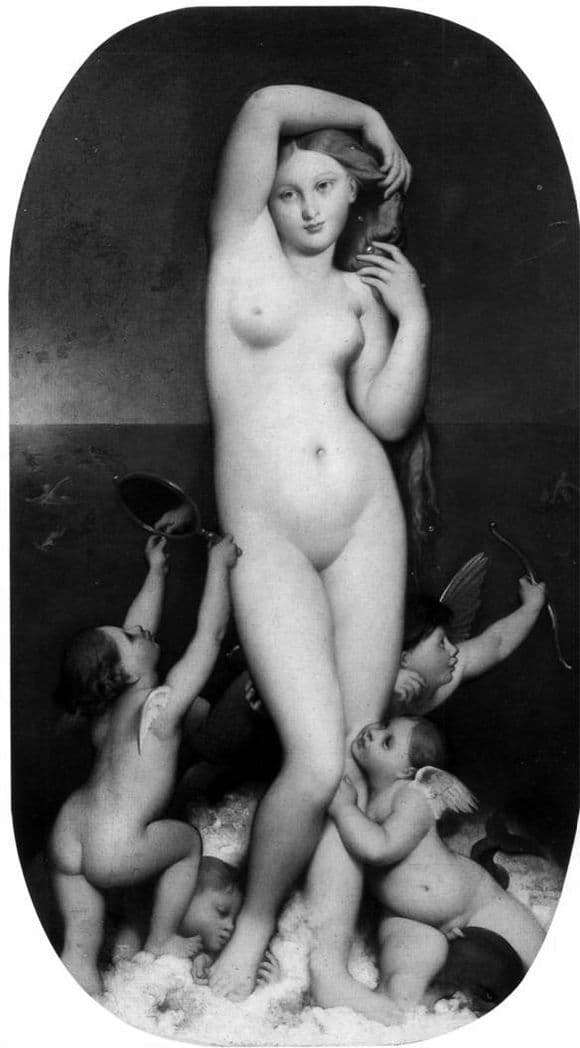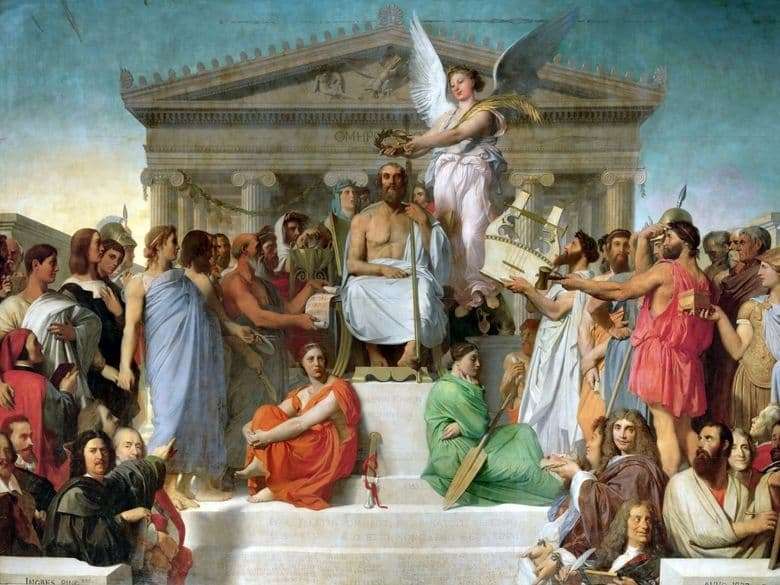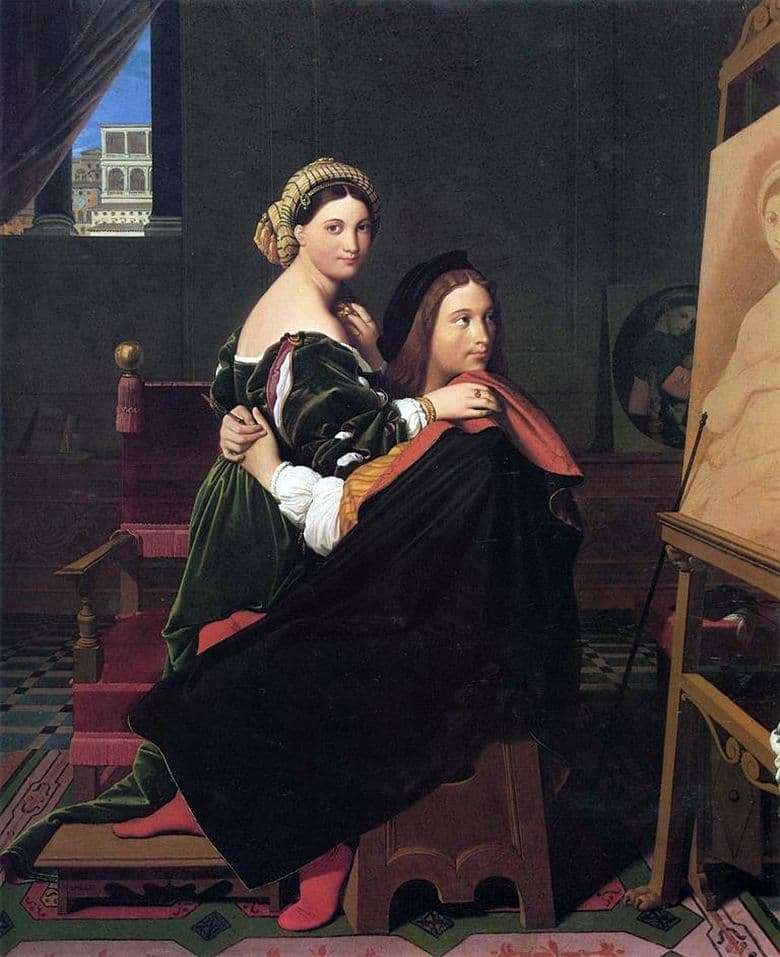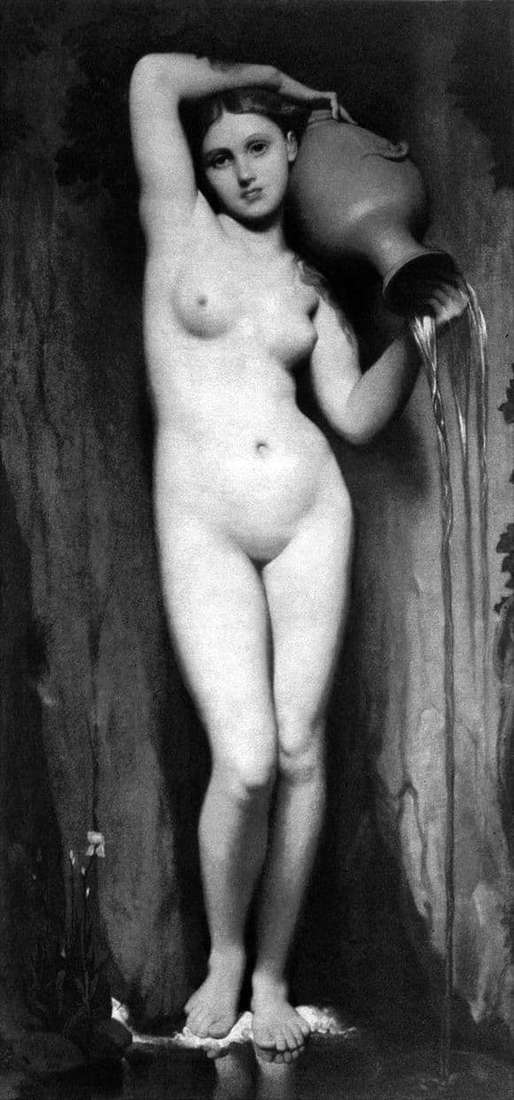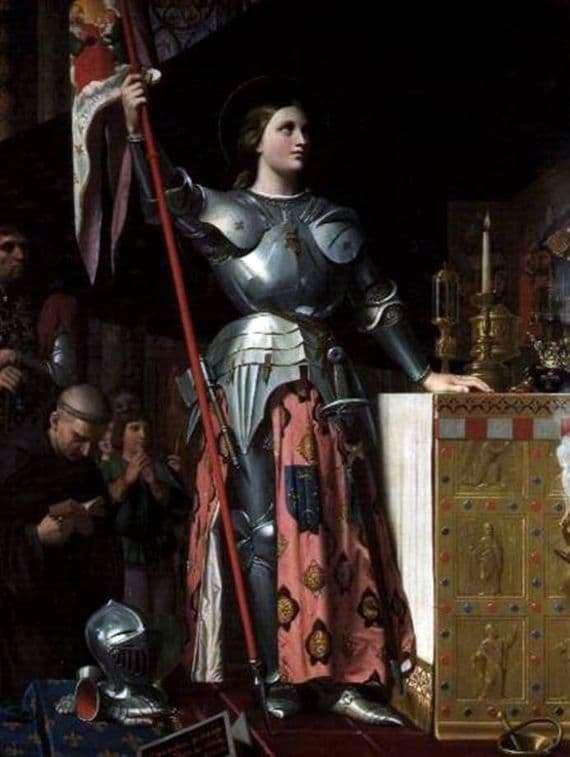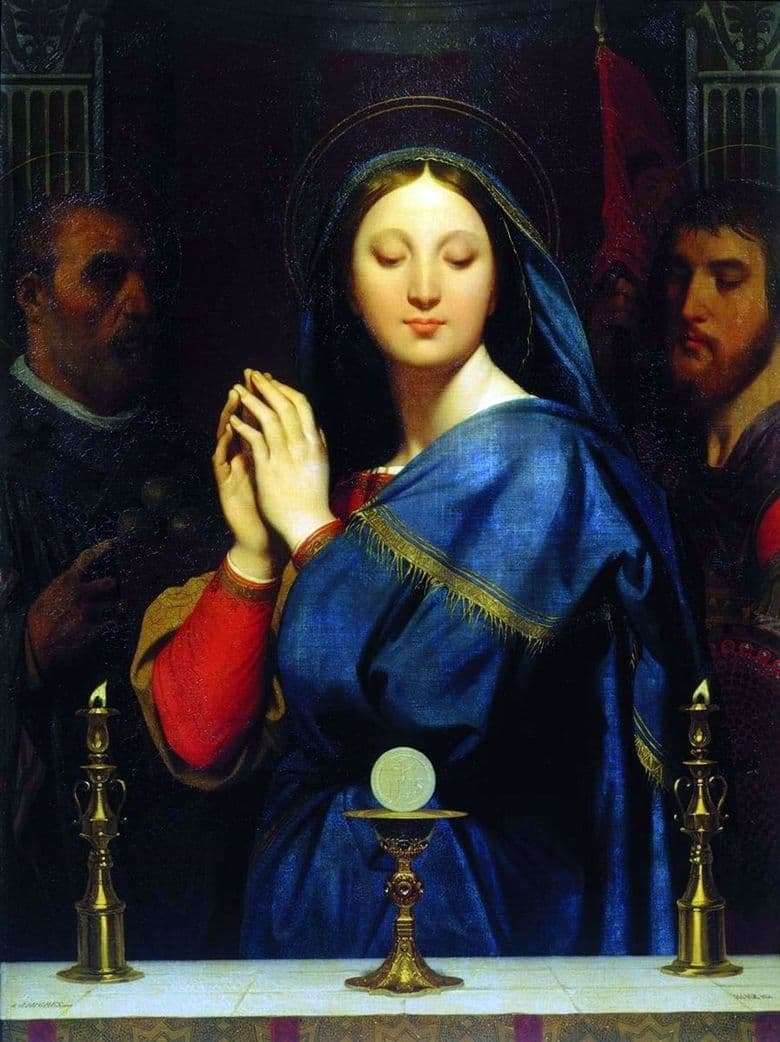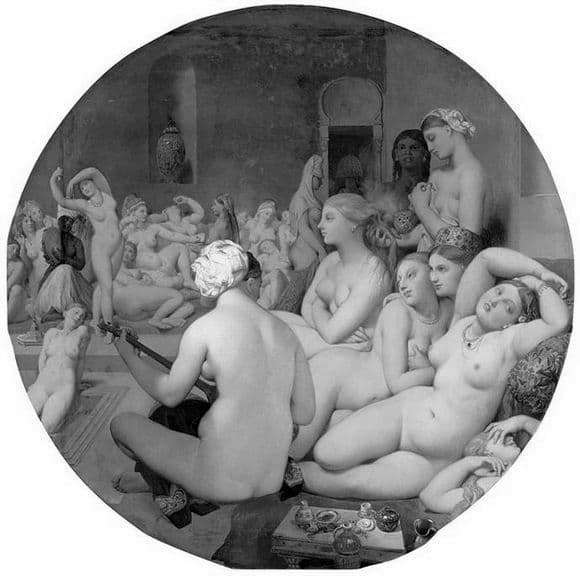
Engrou was seventy-nine years old when he began work on this picture and eighty-two when he finished it. She sums it up – having devoted all his life to work and research in the nude genre (that is, in the nude genre), he finds his meaning, his Grail, and embodies the best that he has learned in the “Turkish bath”.
It depicts a harem of the Turkish Khan, who went to the bath in full force. Languid women fill the entire space of the picture, and at first glance it seems very chaotic. In fact, it naturally and smoothly fits into the circle.
The central female figure has its back turned to the viewer. A woman’s hair is wrapped in a turban, the neck of a musical instrument peeks out from behind her shoulder. A woman’s friend is reclining on cushions on all sides, one sits with her legs lowered into the cool water of the pool, one dances – hardly delighting the looks of her friends, rather remembering a dance or wanting to teach someone.
The picture literally glows with a fleshly, bright nude color, which only here and there breaks through bright spots. A black woman with dark skin, like bronze, a blue jug, a table with fragrant oils and ointments.
The languid lust of the picture is overwhelming. If you look at it for a long time, you will feel the fragrant hot steam, the relaxed bliss of many women who came to the bath not only to wash themselves, how much to relax, to chat and bring beauty. They do not think about what they look like, just enjoy what is happening, and in the way Enrg writes them out – each carefully, with a separate thought, drawing the facial features, skin folds, soft outlines, and you can see how much he loves them, perfectly understanding how the female body works, what muscles move in it, how fat is located on it.
The softness, smoothness and languor of the “Turkish bath” are pleasing to the eye and suggest pleasant, light and a little stuffy reflections.
Description of the painting by Jean-Auguste Ingres “Turkish bath”
